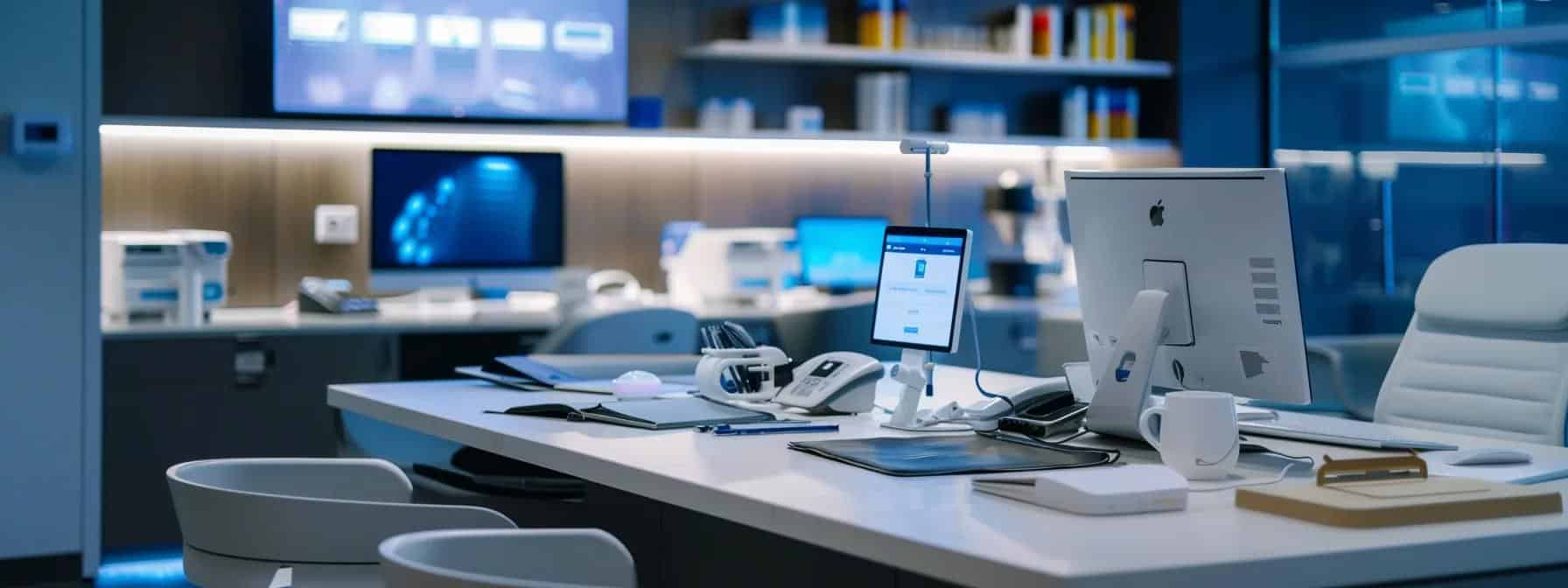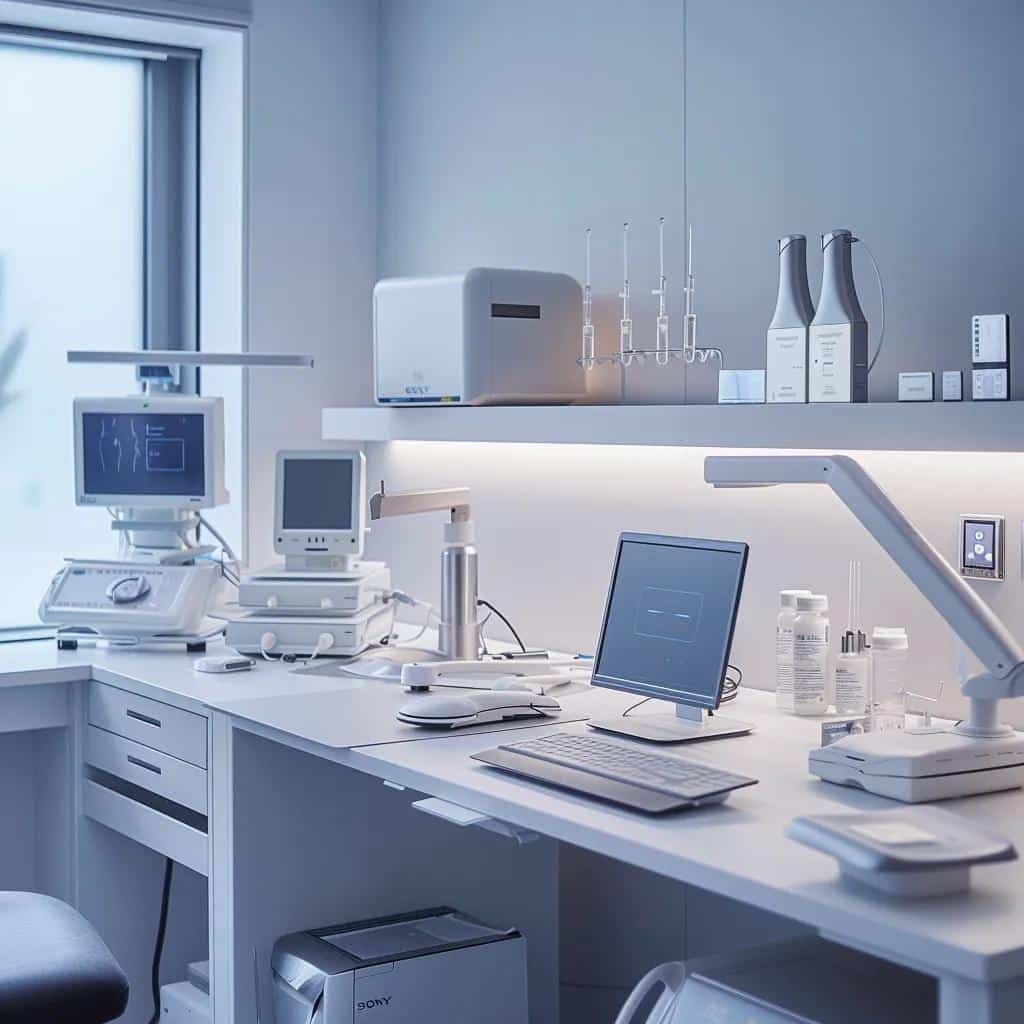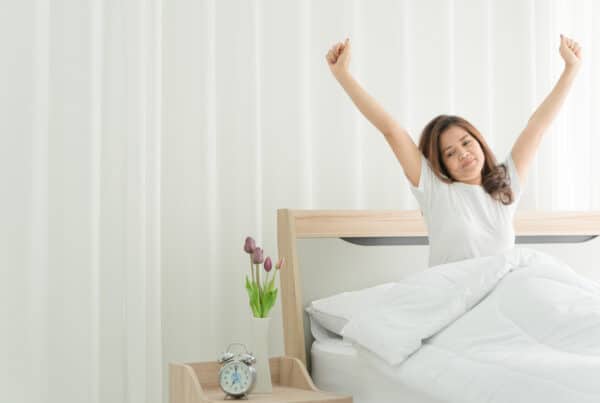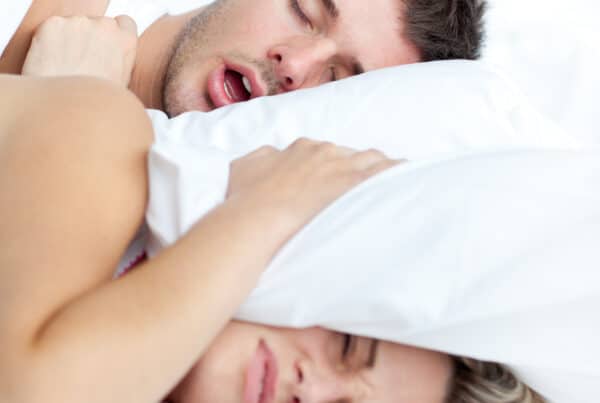Sleep apnea is more than a simple disruption to rest—it’s a complex medical condition with profound implications for long-term health and daily functioning. From chronic fatigue and cardiovascular strain to heightened risks of diabetes and mental fog, untreated sleep apnea quietly chips away at quality of life. Yet, for all its seriousness, there is hope. A wide array of treatment options—from lifestyle changes to advanced medical devices—makes this condition not only manageable but often significantly improvable. The key lies in identifying which solution is right for each patient.
At Ohl Practice Management & Consulting, we believe no two cases of sleep apnea are identical. That’s why our approach is rooted in personalization. This article takes you on a step-by-step journey through today’s most effective sleep apnea treatments. We’ll cover everything from behavior-based interventions and oral appliances to cutting-edge technological therapies. Whether you’re newly diagnosed or searching for alternatives after failed treatments, our goal is to provide clarity, empowerment, and a pathway to restful nights and healthier days.
Lifestyle Modifications and Early Interventions
Lifestyle changes are the first—and often the most underestimated—line of defense against sleep apnea. Simple habits like losing weight, avoiding alcohol before bed, and changing sleep posture can reduce airway obstruction and help manage symptoms, particularly for those with mild to moderate obstructive sleep apnea (OSA). Even a modest weight loss can dramatically reduce the frequency of apneic episodes. Patients are often surprised to learn that switching from sleeping on their back to their side can reduce airway collapsibility and improve breathing at night.
Beyond the basics, we also address sleep hygiene and daily rhythms. A consistent sleep schedule, reduced screen time before bed, and creating a cool, quiet sleep environment can all improve overall sleep quality and reduce apnea severity. These adjustments aren’t just good sleep habits—they’re building blocks of a long-term care strategy. We walk patients through each change and support them with resources, checklists, and expert guidance to make adjustments feel achievable, not overwhelming.
Lifestyle Adjustment Checklist:
- Sleep positioning: Side sleeping instead of back sleeping
- Weight management: Guided nutrition and fitness plans
- Avoidance behaviors: Reduce alcohol, tobacco, and sedative use
- Sleep hygiene: Consistent schedule, tech-free bedroom, blackout curtains
- Relaxation routines: Gentle evening activities to wind down the nervous system
Even when used in combination with other therapies, lifestyle changes set a foundation for long-term success. They’re non-invasive, low-cost, and often the first line of defense that, if done right, can eliminate or reduce the need for medical devices.
Oral Appliance Therapy and Custom Devices
Oral appliances have emerged as a cornerstone of effective sleep apnea treatment. Especially beneficial for patients with mild to moderate OSA or those intolerant of CPAP, these devices physically reposition the jaw or tongue to keep the airway open during sleep. The most common types are mandibular advancement devices (MADs), which shift the lower jaw slightly forward, and tongue-retaining devices (TRDs), which prevent the tongue from collapsing backward.
The effectiveness of oral appliances lies in their customizability. At Ohl Practice Management & Consulting, we conduct a detailed dental and airway assessment to design a device tailored to each patient’s anatomy. Fit is everything—ill-fitting devices lead to discomfort and poor compliance. Once the device is fabricated, we walk patients through usage and cleaning protocols to ensure comfort and hygiene.
Why Custom Fit Matters:
- Improved comfort: Encourages long-term use
- Better airway control: Greater success in reducing apnea events
- Fewer side effects: Reduced risk of jaw or tooth discomfort
- Higher compliance rates: More likely to be used consistently
Follow-up is key. After issuing an oral appliance, we schedule titration appointments to fine-tune its positioning. These adjustments are based on symptom relief, sleep study results, and patient comfort. Over time, this hands-on, customized approach leads to better outcomes and higher satisfaction rates.

Advanced Technology: PAP and Beyond
For moderate to severe sleep apnea, advanced medical devices often become necessary. CPAP (Continuous Positive Airway Pressure) remains the gold standard for treatment, providing a stream of pressurized air to keep the airway open. While effective, its bulky masks and noise can be a barrier to long-term adherence for many patients. That’s why we prioritize proper mask fitting and patient education to help individuals adapt more comfortably.
Alternative technologies are also available for patients who struggle with traditional CPAP. These include auto-titrating PAP (APAP) machines that adjust pressure levels throughout the night, bilevel PAP (BiPAP) for patients with central sleep apnea, and more innovative therapies like hypoglossal nerve stimulation. This latter option involves a surgically implanted device that sends signals to muscles controlling the tongue, preventing airway collapse.
Device Selection Considerations:
- Patient preference and lifestyle
- Severity of condition (AHI score)
- Comfort with mask or device interface
- Presence of other health conditions
The key to success with advanced technologies lies in personalization. We offer patients device trials, provide remote monitoring through Bluetooth-enabled machines, and follow up regularly to address concerns or side effects. Comfort and consistency drive success, so we go beyond the device to make sure it fits into the patient’s life—not the other way around.
Accurate Diagnosis and Patient Stratification
A tailored treatment plan begins with a precise diagnosis. Sleep apnea is not a one-size-fits-all condition; there are three primary types—obstructive, central, and mixed—and each requires a unique approach. OSA is by far the most common and involves physical airway collapse, while central apnea stems from the brain’s failure to regulate breathing. Mixed sleep apnea includes features of both.
We use validated screening tools like the STOP-BANG questionnaire and Epworth Sleepiness Scale during initial evaluations. If results indicate high risk, patients are referred for sleep studies, either at-home or in-lab. These studies collect key metrics like oxygen desaturation index (ODI), apnea-hypopnea index (AHI), and heart rate variability, providing a comprehensive picture of sleep function.
This data informs treatment selection and helps stratify patients by severity. For example, a patient with mild OSA and a high BMI may start with lifestyle changes and oral appliance therapy. A patient with severe OSA and underlying heart conditions may be fast-tracked for a BiPAP machine and cardiology referral. Diagnostic accuracy ensures that resources are focused where they’ll have the greatest impact.
Escalation Triggers and Adaptive Care Models
Not all patients respond equally to initial treatments. That’s why it’s important to establish clear escalation triggers—benchmarks that indicate when to move from conservative to more advanced therapy. These include persistent symptoms despite adherence, unchanged AHI scores, or emerging comorbidities like hypertension or type 2 diabetes.
We work closely with patients during follow-up visits to reassess their progress. CPAP users, for instance, may undergo periodic re-titration studies to ensure the pressure remains effective. Oral appliance wearers might need device refitting or repositioning. If improvements plateau, we consider combining therapies, such as using an oral appliance with positional therapy or recommending surgical intervention.
Our adaptive care model allows us to pivot quickly and appropriately. Rather than sticking to a static plan, we treat sleep apnea as a dynamic condition that evolves with the patient’s life circumstances. This approach keeps treatment effective and relevant, even as health needs change.
Interdisciplinary Collaboration and Patient Support
Ohl Practice Management & Consulting emphasizes the value of interdisciplinary care. Dentists, sleep physicians, ENT specialists, cardiologists, and primary care providers all bring unique insights to the table. Sleep apnea is a systemic condition, and addressing it in isolation often leads to suboptimal outcomes. We foster a team-based model where collaboration enhances care.
We also integrate support services that go beyond medical treatment. Our telehealth services provide follow-ups, answer questions, and monitor compliance remotely. Educational materials are offered in digital and print formats to accommodate all learning styles. Patients receive personalized coaching on sleep hygiene, device usage, and lifestyle management.
Key Support Resources:
- Telehealth consultations
- Nutrition and fitness referrals
- Behavioral therapy for CPAP anxiety
- Insurance guidance and financing plans
When patients feel supported, they’re more likely to stick with treatment. Our wraparound services ensure that no one feels left behind or overwhelmed by the process. We’re not just treating sleep apnea—we’re helping people reclaim their energy, focus, and joy.
Prevention and Long-Term Maintenance
Prevention plays a pivotal role in managing and mitigating sleep apnea. While some anatomical causes can’t be modified without surgery, many risk factors are lifestyle-driven and thus controllable. Our preventive programs emphasize weight control, early intervention, and annual screening for high-risk patients.
We also focus on relapse prevention. Patients who undergo surgery or improve through weight loss are still at risk of recurring apnea if other risk factors remain. That’s why long-term maintenance plans include periodic re-evaluation, refresher coaching, and reminders to monitor symptoms. Like managing blood pressure or cholesterol, sleep apnea care is an ongoing responsibility.
Best Practices for Ongoing Success:
- Annual sleep study reviews
- Reassessments after major weight gain/loss
- Adherence tracking apps for oral or PAP therapy
- Continued education and support access
Prevention doesn’t stop once treatment starts. It becomes part of a patient’s lifelong wellness strategy, giving them the tools and knowledge to stay one step ahead.
Conclusion
At Ohl Practice Management & Consulting, we see sleep apnea treatment as a journey—not just a medical procedure. With a commitment to personalization, interdisciplinary collaboration, and evidence-based care, we guide our patients toward better sleep, better health, and better lives.
Whether through lifestyle counseling, oral appliances, or advanced medical devices, our goal is to ensure each patient finds a sustainable solution tailored to their condition. We believe in empowering our patients, walking with them every step of the way, and adapting care as their needs evolve. Sleep apnea is complex, but with the right plan—and the right team—relief is absolutely within reach.
Visit our website to learn more about our sleep apnea treatments. It’s time to move beyond feeling like just another patient. With Dr. Eugene Azuma, feel confident, informed, and thrilled about your smile and health!
Schedule your free consultation today and breathe better!
Dr Eugene Azuma DDS
1060 Young St # 220
Honolulu, HI 96814
FAQ’s
What type of doctor should I see first if I suspect I have sleep apnea?
If you’re experiencing signs of sleep apnea, such as loud snoring, daytime fatigue, or waking up gasping for air, you should start with your primary care provider. They can refer you to a sleep specialist for a diagnostic sleep study. At that point, dental sleep medicine experts—like those at Ohl Practice Management & Consulting—can step in to provide treatment options like oral appliances or co-managed care plans with sleep physicians.
How long does it take to see results from sleep apnea treatment?
The timeline varies depending on the treatment approach. Some patients experience improvement in symptoms within days of starting therapy—particularly with CPAP or properly fitted oral appliances. However, long-term benefits, including improved energy, better mood, and reduced health risks, typically become noticeable after consistent use over several weeks to months. Regular follow-ups help optimize results and make necessary adjustments.
Can children be treated for sleep apnea using these methods?
Yes, although treatment options for children differ somewhat from those for adults. Pediatric sleep apnea is often caused by enlarged tonsils or adenoids and may require surgical or orthodontic interventions. In select cases, custom oral appliances or lifestyle modifications—like allergy management or weight loss—can be appropriate. A multidisciplinary evaluation is crucial to determine the safest and most effective course of action for young patients.



